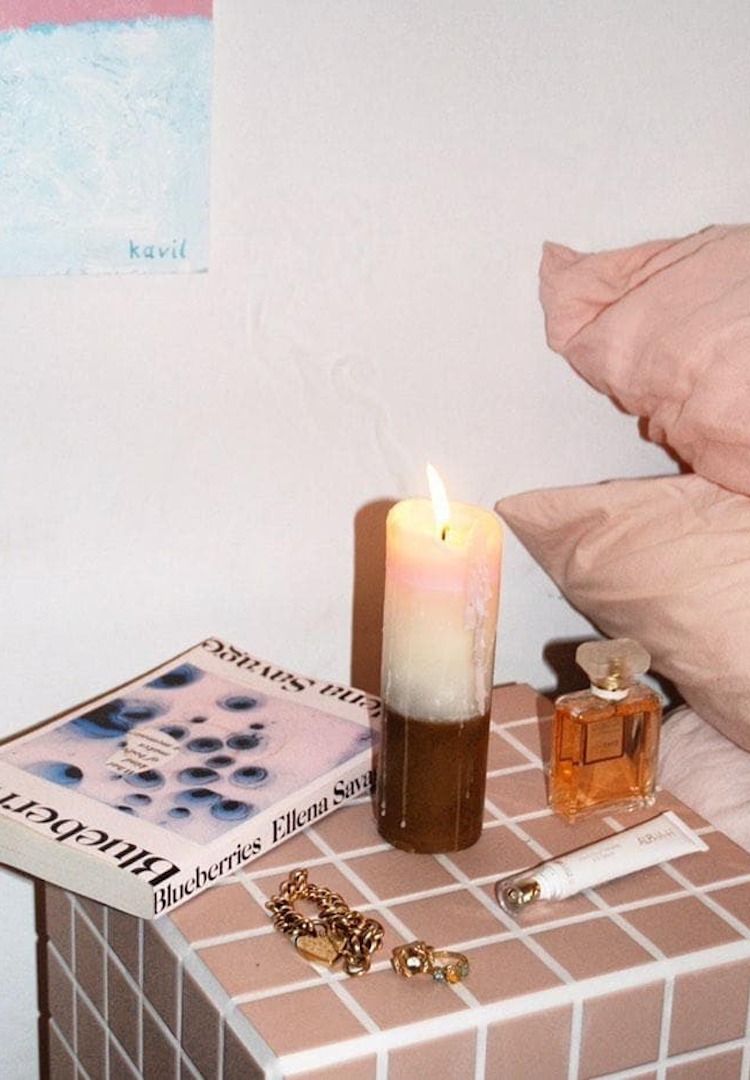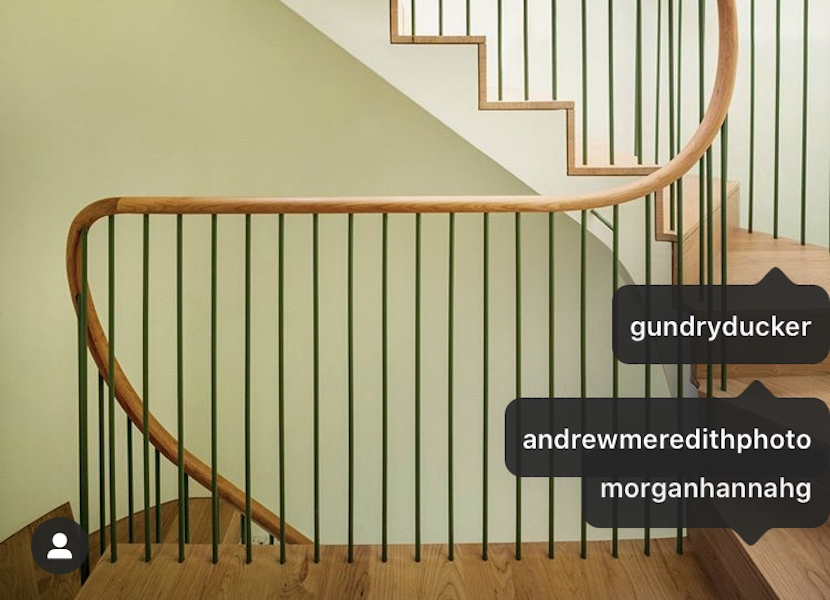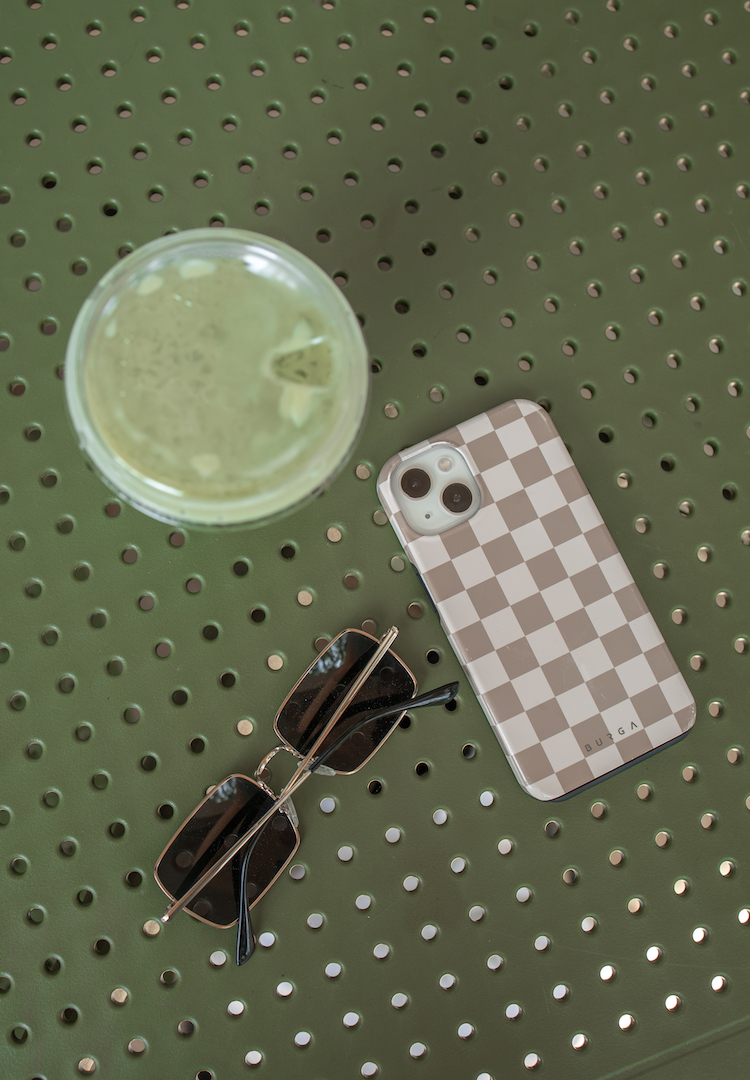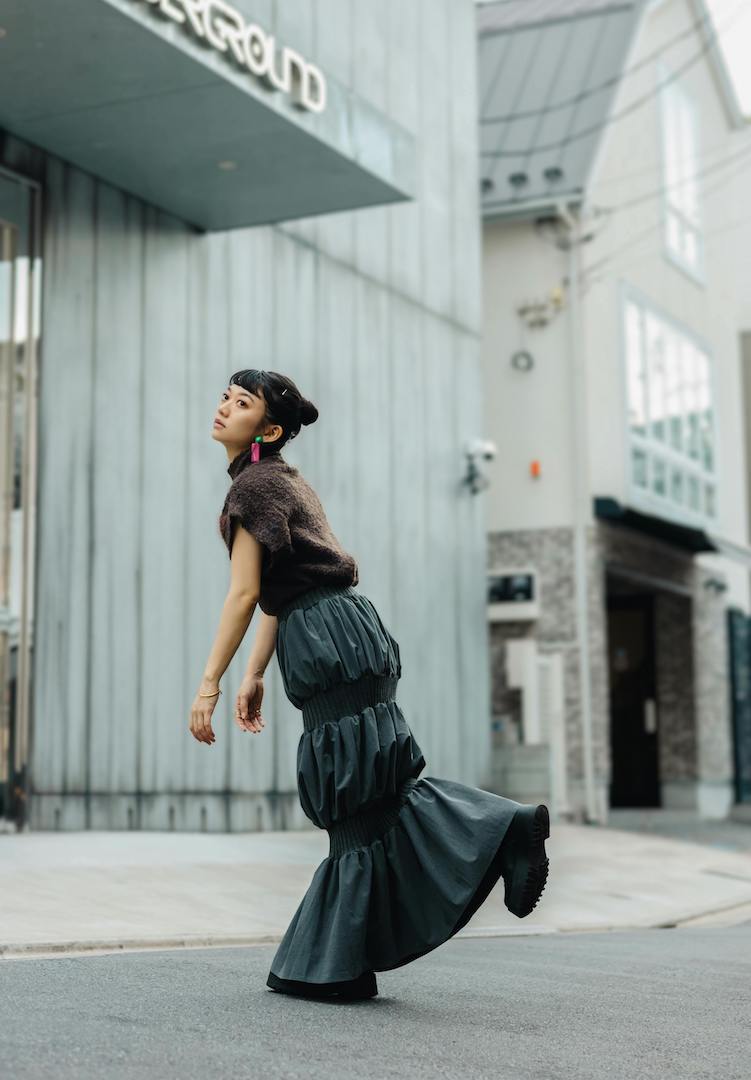I asked an interior designer how to look beyond Instagram inspiration when styling your space
WORDS BY ANNA RICHARDS
Because the algorithm isn’t always right.
Recently, a new phase in housebound hobbies has appeared on the periphery – or our doorsteps. Careful preparations of two or three hour-long recipes have, on a collective level, faded, and we’re once again moving to the peppier beat of gleeful consumerism.
A few months into lockdown our source of stimulus isn’t in baking sourdough and twisting finicky shapes out of home-made pasta on kitchen benches, but in adding things to cart – increasingly, new pieces for our interiors. Waves of packages from lockdown’s triumphant purveyor Instagram are dropped off and ushered inside.
The cooking-model of the first wave was a time-consuming nod to slow living. Making the most of our time at home by learning the value of more involved tasks made us house proud, and amateur cooks dotingly captured their dishes – via Ottolenghi, Laila Gohar, Alison Roman – regaling one another with stories of that night’s dinner: parsley-specked gnocchi, whole fish flushed-pink and dotted with lemons’ translucent flesh, and big pots of water bobbing with chicken and halved onions.
It’s interesting to see how quickly Instagram and its algorithms can drive communal interest, an interest that is now firmly focused around indoors style. Recently opened parcels reveal green shimmers of Iittala glass or the soft plush of high thread count Bed Threads sheets.
A big delivery the other day presented orange and white checks that rose into an Occasional Pieces plinth for putting things on. The deeper into lockdown we go, the twistier the Lex Pott candles that arrive on our doorstep are.
This turn towards our spaces has permanent potential. Buying beautiful objects brings an opportunity to add detail, comfort, or to let our space tell a story of who we are. With this in mind, I spoke to Natalia Held, a Melbourne-based freelance interior designer, on breaking through inspiring Instagram feeds to create a space that authentically reflects your style.
We’ve spoken before about designing space, in particular bedrooms, and you’ve talked about the entrance to your room as being a first important step in how to think about your layout.
The view from your doorway is something to take into consideration. When you enter a room the first object should be something you’re proud to have be immediately visible or to showcase when your door is open. Whether that be something with sentimental value – it could be a restored piece of furniture or pre-loved vessel or something that you searched far and wide for, or it may even be a special piece that demanded a lot of your paychecks. In terms of what kind of furniture that might be – for some, a simple shelf or console that acts as a platform to showcase your taste in design is quite a good opening piece.
Some people don’t like being seen sitting on their beds as they feel it’s quite an intimate moment, so removing your bed from the line of sight of the doorway then might be important to you. But in the same vein, your bed might be the piece you want to showcase. A lot of people portray their personality through their bed linen, and presenting softness through linen and pillows helps bring out the feel they want.
What furniture do you consider essential for personal spaces?
A big one is your own reflection. I think it’s so important to be able to see yourself using your space. It’s a good way to perform self-practice, whether it’s attending to your skincare routine before you go to bed, getting dressed for work or taking photos of yourself. It provides ownership over your space, because you see how you operate in that room.
Another essential is mood lighting. Typically, I don’t ever use the main light in my bedroom because I find that the light isn’t tailored to the way I want to use the space, nor is it a colour I want to see my things or myself in. Mood lighting can be found in floor lamps, table lamps, or humidifiers – anything that emits a softer glow can generate a specific mood, and whether that comes from warmer or cooler lighting is completely up to the individual.
Being housebound, Instagram is the most accessible channel through which we’re now finding design and a recurring theme of objects and layouts has been encouraged through the platform’s algorithm. Is there a danger in being exposed to a repetitive feed of design?
To some degree, I have an issue with Instagram in terms of design, because promoted products and layouts encourage repetition. What part of that room that you’ve just seen on your feed relates to you? Pre-Instagram you would go to a store, or find a seller on Gumtree and come across a specific piece that meant something to you – it was about the pride you felt because you found it, not something that was pushed up your feed because of an algorithm. I feel that your room is best when it’s curated by things from your own journey.
However, Instagram does make interesting design really accessible. The design intent is there, it’s just important that items sourced through Instagram still have design-integrity. A piece being either locally-sourced and designed, sustainable, and unique – not a replica – makes it worthy in my eyes. When you find such pieces, apply them to your space in a way which works specifically for your function.
Where else could you look to for organic inspiration?
Books and magazines like Frame and Wallpaper Mag are so important for curating style. It’s possible that you’ve landed on that page and others have chosen to flick past it. There’s something quite special and emotional about connecting to design through books as it becomes a part of your personal experience. Designers I follow focus on small details. It’s those small things – commissioned artworks or light fixtures that you don’t necessarily think of but are such a delight to cast your eyes over in the moment, and visually impact a space so much.
Some of those designers include Pierre Yovanovitch, Ilse Crawford, Axel Vervoordt and Halleroed. Pierre, for example, designs a lot of his pieces specifically to suit the layout of a room – every part of the interior is completely tailored to the space. What I like about that is that he’s laid out pieces according to the circulation of the room, depending on how you function in a space. Perhaps this notion is something to consider when we lay out our pieces in our homes.










